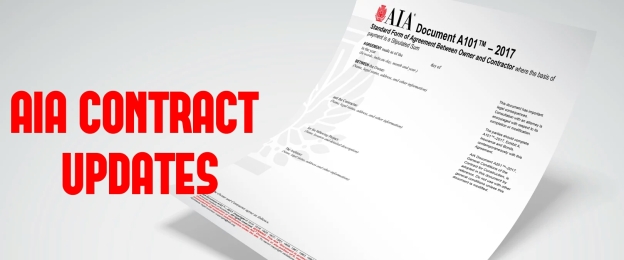Sometimes a project may appear to be residential but its actually a commercial job. This is because of the way the Texas Property Code defines residential projects. The fact that the property is a house or condo is not controlling.

Sometimes a project may appear to be residential but its actually a commercial job. This is because of the way the Texas Property Code defines residential projects. The fact that the property is a house or condo is not controlling.
So you missed your lien deadline and you’re a general contractor. Well, as long as the property has no been sold, you can still protect your interest. You should file your lien as quickly as possible.
Many contractors don’t understand the difference in lien rights for public and private jobs. Lien rights vary depending on whether the job is public, or private, and commercial or residential.
Many contractors seem to understand their deadlines to file their lien but few know their notice deadlines. The notice deadlines are just as important as lien deadlines because they are both fatal to your lien.
If you’re doing residential construction in Texas you need to understand the Deceptive Trade Practices Act (“DTPA”). Most of residential construction claims will be made under the DTPA so understanding the act could help you to shield yourself from liability.
Often times you can believe that a change order was executed on a job only to find out later that you did not receive approval from the right person.
Time is of the essence clauses are common in construction contracts and for good reason. This clause activates certain rights and remedies to various parties in a construction contract. Every contractor should be familiar with the importance of this clause. Watch to learn more.
If you have a fixed sum agreement more than likely, the owner/developer is most concerned about your PROGRESSION and you’re being paid based on how much you’ve progressed on the job.
So one has to wonder why so many contractors treat lump sum agreements, like cost-plus agreements and inaccurately itemize what they’ve “spent” on labor and materials? When contractors do this and its not accurate (which…most of the time its not), it calls their entire bid into question.
If the project goes over budget, they look like they PURPOSEFULLY under bid the project and along the way, misrepresented what they spent, all in an effort to get more money. This is almost certain to earn fraud lawsuit. Learn more by watching.
People tend to freak out when a mechanic’s lien is filed on a project. Of course liens are never a good thing but they are not the end of the world. Calm down… you’ve got options.

If you work in construction you’re familiar with the American Institute of Architects more commonly known as the AIA. They create form contracts used by many construction companies in various types of construction projects. Many smaller contractors pull these contracts offline and present them for execution without much modification at all. Given the frequent use of these agreements, it’s no wonder that their 2017 updates are considered a big deal.
OWNER-CONTRACTOR AIA UPDATES
Project Timeline
The parties now have choices with regard to when the project will commence and when the project will be substantially completed. The parties can elect to have the project commence on the date the agreement is executed or a different date. The parties can elect a specific date for substantial completion or a certain number of calendar days.
Termination Fee
If a contractor is terminated for convenience under the AIA agreement, the AIA assumes the contractor will be paid a termination fee.
Payments
Here’s the big one. The AIA treats the A101 and the A102 differently, and for good reason. The A101 is a standard form agreement for a fixed fee. This is commonly known as a fixed fee agreement. The A102 is a cost-plus agreement with a maximum guaranteed price. This means that the owner will pay for the cost of labor and materials plus some additional percentage of the total cost of labor and materials as the contractor’s fee.
In the A101 because the contract is based on a fixed sum, less significance is given to the percentage of work completed. However, owners are still required to pay for only the contract amount able to be allocated to the work. Unlike A101, because A102 is a cost-plus agreement, emphasis on percentages remains high. The A102 also adds documentation requirements for the contractor on contingency cost items and cost-plus subcontracts.
As always, if you plan to use an AIA form take the extra step to have your counsel customize the form for your specific project. Counsel may also want to attempt to negotiate a better position for your company. If neither is feasible for you, please take the time to read and understand the form before presenting it for execution.
Nothing in this article is to be considered legal advice. If you have questions or need representation due to nonpayment on a construction project, please call 832-930-0529 or email us at info@stephenspllc.com